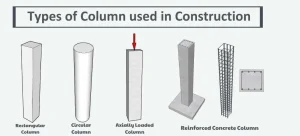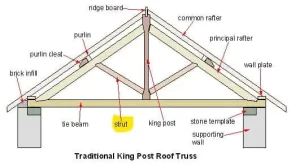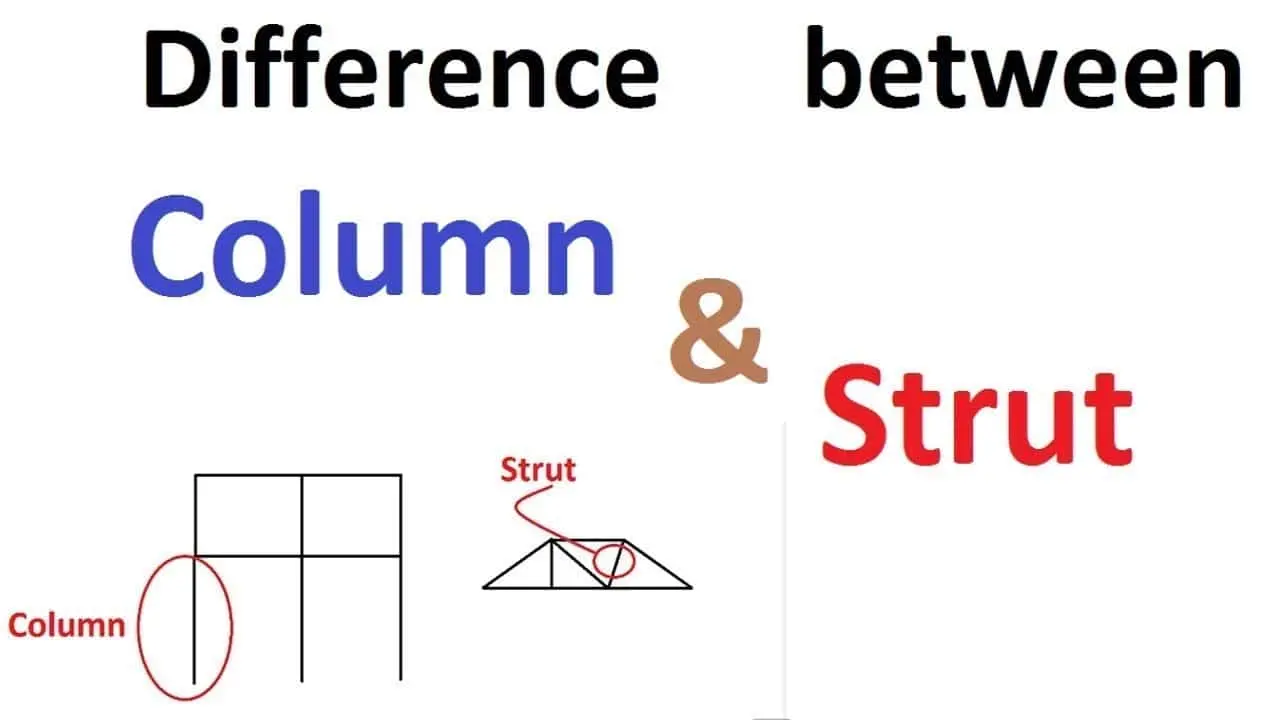Table of Contents
In this article, we will discuss the difference between column and strut.
Columns are defined as long slender member load axially in compression and having lateral dimensions very small as compared to their lengths.
A vertical compression member is called a column. If load passes through the longitudinal axis coinciding with the CG of the column, it is called the axially loaded column, otherwise eccentrically loaded column.
Columns are the building structures connected to different footings to transfer the load of the building to the footings of the buildings.

The inclined and horizontal components of the truss are known as struts. The cross-sectional area of the strut can be circular, I sectional, T sectional, Channel, Compound, and Tubular these cross-sectional areas can be easily found in the market.

The slenderness ratio of the strut is mostly found to be more than 20. The slenderness ratio may be defined as the ratio of the effective length of the column to the least radius of gyration.
When (l) is the effective length and (r) is the radius of gyration then,
Mathematically, l/r is the slenderness ratio.
| Slenderness Ratio | Load Condition |
|---|---|
| 180 | Dead load + Superimposed load |
| 250 | Dead load + Wind + and Seismic load |
| 350 | Dead load + reversal of force |
1. Difference between Column and Strut
The difference between column and strut are as follows:
| S.no | Column | Strut |
| 1. | It is the vertical member subjected to the axial compressive load. | It is the inclined member subjected to the axial load. |
| 2. | It is designed to take up the compressive load only. | It is designed to take up both compressive as well as tensile load. |
| 3. | It is generally supported by fixed supports at both ends. | It is supported by a hinged or pins joint at both ends. |
| 4. | It generally fails by buckling. | It generally fails by crushing. |
| 5. | The slenderness ratio is more. | The slenderness ratio is less. |

